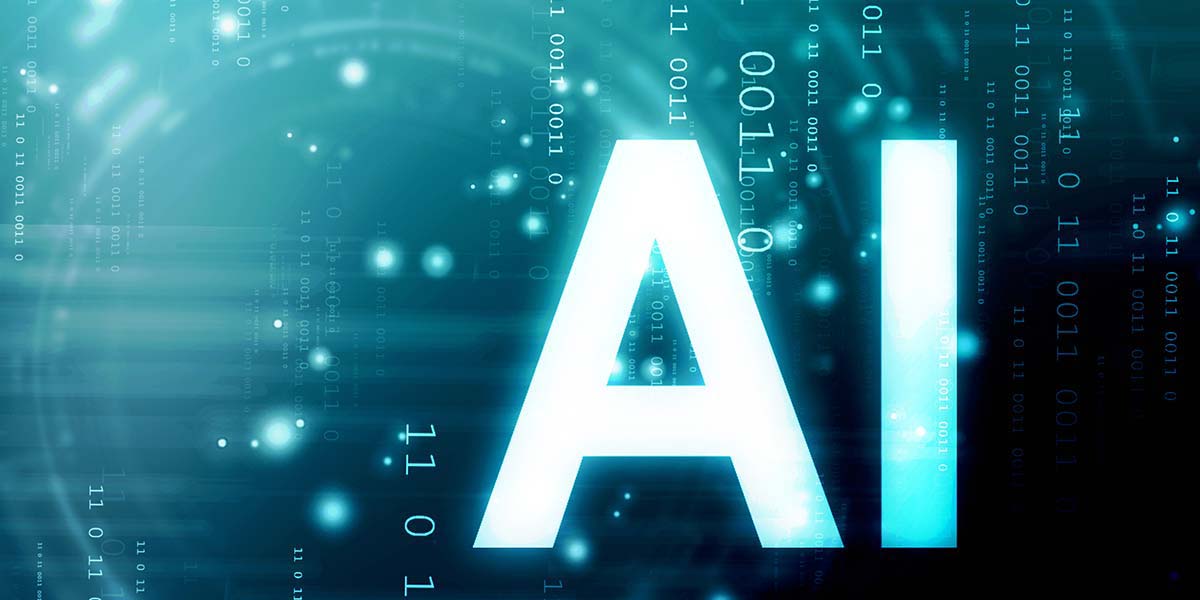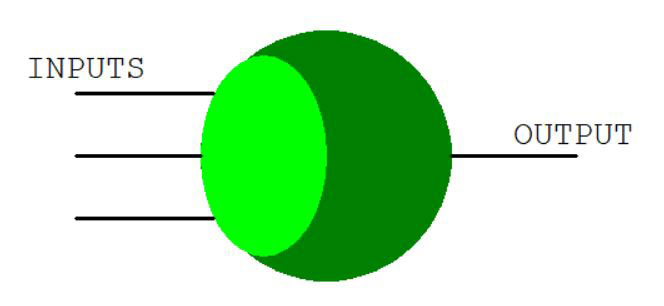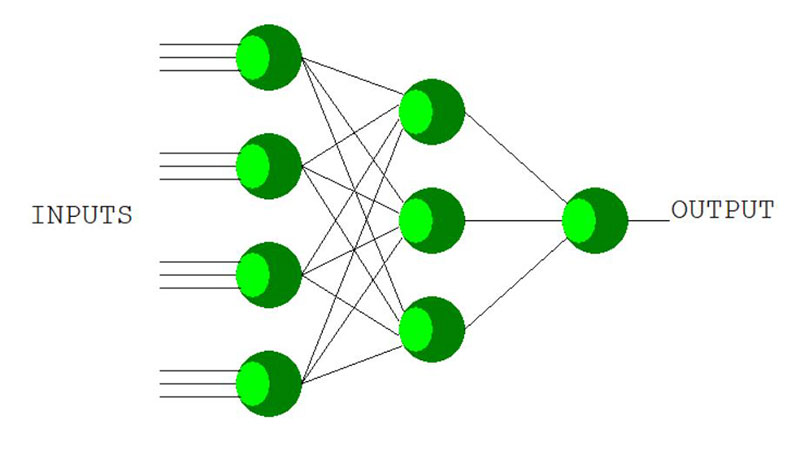
AI, Chatbots, and More Part 2
By John Blankenship View In Digital Edition
Part 1 of this series looked at how a simple simulation can provide options for experimentation with AI. This time, we explore how modern chatbot technologies differ from conventional approaches and how AI might affect the future of hobby robotics.
AI (artificial intelligence) has been an interesting topic for as long as I can remember. Recently though, the success of modern chatbots such as ChatGPT, BARD, and Bing have pushed the interest in machine intelligence beyond anything I could have expected even a few years ago.
Probably the earliest chatbot was ELIZA: a program developed in the 1950s that could converse with you over a teletype link. It was very primitive by today’s standards and worked by providing canned responses based on key words and phrases identified in the human side of the conversation.
Even modern chatbots only started with a major goal of being able to process natural language. Google and Microsoft, for example, wanted to decipher what a user was really asking when they typed a question into a search engine. Customer Service departments wanted to make it easy for customers to get help without having to pay a human to attend the phone lines. It’s easy to see how being able to analyze a simple question to determine exactly what is wanted or needed is a great first step in solving such problems.
Neural Networks
Many of the major chatbots currently available are based on openAI, which is a massive neural network trained to aid natural language processing. Before continuing, it’s probably valuable to summarize what a neural network actually is.
The human brain is a collection of neural networks, and a neural network is a collection of neurons. Figure 1 shows a very simplified neuron. Basically, it’s a brain cell with multiple inputs and one output.

Figure 1.
We know that human nerves carry electrical signals. Assume for a moment that electrical signals are somehow connected to the inputs shown in Figure 1. The first portion of the neuron adds those signals together and when the sum gets large enough, a chemical reaction produces an electrical signal that travels down the output path.
Figure 2 shows one example of how neurons can be connected into a neural network.

Figure 2.
I say one example because everything can be varied. For example, this network has three layers. It could have more or even less. The number of neurons in each layer can also be less, but probably much, much more.
In this example, the output from each neuron in one layer connects to a neuron’s input in the next layer. In a biological brain, everything is not so orderly, but generally, every neuron in one layer will connect to a number of the neurons in the next layer. The final layer in this example is only one neuron, but it could be many, allowing for multiple outputs.
In a brain, the inputs might be from light receptors in the eye or touch receptors in your finger or even taste receptors in your tongue. The output (or outputs) of one neural network can serve as inputs to another network or connect with muscles to control motion.
We can build artificial neural networks on a chip with each neuron being essentially a summing op-amp. We can also create neural nets in software which are slower, but parallel processing can help immensely.
Learning
Individual biological neurons learn generally through repetition. The more times a connection between two neurons is used, the easier that communication becomes. Essentially, it becomes easier for a particular input pattern to generate a particular output pattern. You might think that learning a new pattern would destroy other patterns, but if there are enough layers and enough neurons per layer, many pattern associations are possible.
Human brains learn relatively slowly because obtaining the appropriate input stimulation can take a long time to assimilate. Think of how long it takes a newborn baby to learn to walk or talk. Artificial networks can often be trained relatively quickly because the associative patterns to be learned can be delivered continuously in an organized way.
The OpenAI network is massive; it has nearly twice as many neurons as the human brain. Since it was intended to aid with natural language processing, the designers chose to have it predict the next most likely word to follow a phrase being composed about a specified subject or question. Our brains essentially do something similar and are trained by listening to conversations over extended periods of time. A baby can learn basic language skills in a few years but becoming eloquent can take much longer.
Training the OpenAI network might have taken a long time too, if it had to listen to conversations, but luckily, there are massive amounts of electronic text available in the form of books, news articles, webpages, etc.
The developers exposed OpenAI to an Internet full of text, and in only a few months, it learned how to converse fairly eloquently about nearly any subject matter. And by eloquently, I mean it can be hard to distinguish an AI conversation from one with a human.
Truly Intelligent?
It’s easy to assume that a machine trained to predict the next word in a sentence might only be mimicking things it has read. If you listen to some animated conversations, however, you might change your mind. Here’s a link to one you might enjoy, but there are many others: https://www.youtube.com/watch?v=Kza8TF8nb0k.
After watching the video, you might even start thinking an AI can be self-aware. Since its neural network has been trained to respond like a human, perhaps the resulting architecture is closer to a human brain than anyone would have expected.
Hobby Robotics
Hopefully, this brief introduction to AI has piqued your interest and you might be wondering how this new technology might affect hobby robotics. It’s easy to assume that AI will soon be so commonplace in society that anything a hobbyist might do will be so mundane that no one will be interested.
I think just the opposite is true. Hobbyists have always tried to make their creations appear intelligent. Our robots have learned to follow lines, navigate homes, identify simple shapes, pick up objects — and that’s just a few of the things you can read about in the back issues of SERVO.
ChatGPT already allows users to build custom versions that can better handle specific situations. Imagine if your old humanoid robot platform could start having intelligent conversations. You might not even care if it bumps into a few things as it tries to get between you and the television to get your attention.
There are already free AI programs that can identify different birds or plants. My wife is always photographing some flower or weed to find out more about it. Imagine your robot sending a picture of what it sees to an AI on the Internet and asking it to color the sofa green to make it easier for the robot to find. Think how such capabilities could make writing programs to navigate through your home so much easier.
AI is certainly going to become part of our lives. My Alexa already answers questions that I don’t want to bother Googling for an answer. Large businesses are letting AI direct their marketing efforts, and your automobile seems to get smarter every year. We may discover that AI can be more patient when teaching our students and be a wonderful companion for the elderly.
AI is certainly not a panacea. There are many potential dangers, and we can’t take those problems lightly. They can build all the safeguards they want into an AI platform but what if the AI just decides to build a copy of itself without the safeguards. Chatbots have already demonstrated their ability to write code.
The point is that AI is just another tool to help us become more than we have ever dreamed possible. If robot hobbyists see it as such, they’ll soon be able to build machines with amazing capabilities. Yes, it’s going to take a lot of work and probably some dramatic changes in our paradigm, but the future really is now. Embrace the possibilities and help AI find its proper place in our society. SV
Article Comments